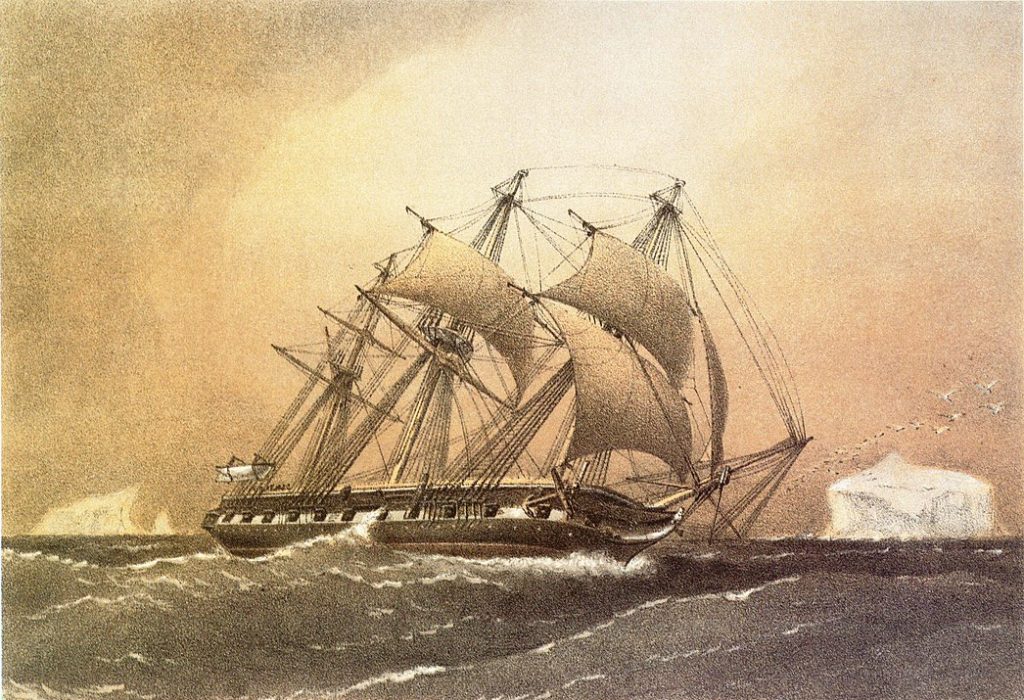How commercial activity in the deep ocean will be regulated
Polymetallic nodule fields are found within the exclusive economic zones (EEZs) of sovereign countries, such as the Cook Islands and Japan, as well as international seabed areas, such as the Clarion-Clipperton Zone (CCZ), which lie beyond national jurisdiction.

Mineral resources within national jurisdiction are governed by the relevant country. In the Cook Islands, the Seabed Minerals Authority (SBMA) is the key regulator of seabed minerals activities under the Cook Islands jurisdiction. In February 2022, the Cook Islands government granted three exploration licenses to commercial companies. These licenses provide the license holders with rights to explore the nodules lying on the seafloor of the Cook Islands EEZ and conduct relevant studies.

In the international seabed area, the exploration and potential commercialization of mineral resources falls under the jurisdiction of the International Seabed Authority (ISA). Established through the UN Convention on the Law of the Sea (UNCLOS), the ISA is mandated to organize, regulate, and control all mineral-related activities in areas beyond national jurisdiction, with the overarching goal of benefiting humanity as a whole.

Comprising of representatives from 169 member states plus the European Union, the ISA operates as an international body. Its assembly serves as the supreme decision-making organ, where policies are debated and adopted.


Human health and safety

Effective protection of the marine environment

Equitable sharing of benefits
As deep-sea mineral extraction moves closer to becoming a reality, the ISA will be crucial in determining the future of international ocean floors and the distribution of their mineral wealth.
Find out more
Introduction to Deep-Sea Minerals
History
The concept of extracting valuable minerals from the ocean floor has a rich history dating back to the late 19th century.

Supply
As we integrate low-carbon technologies in energy systems to meet growing global power needs, minerals are becoming increasingly crucial.

Technology
Various trials conducted over the past few decades have demonstrated that it is technically possible to collect polymetallic nodules.
